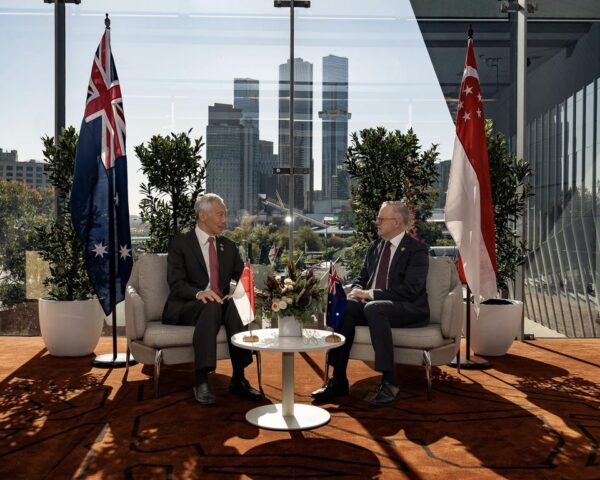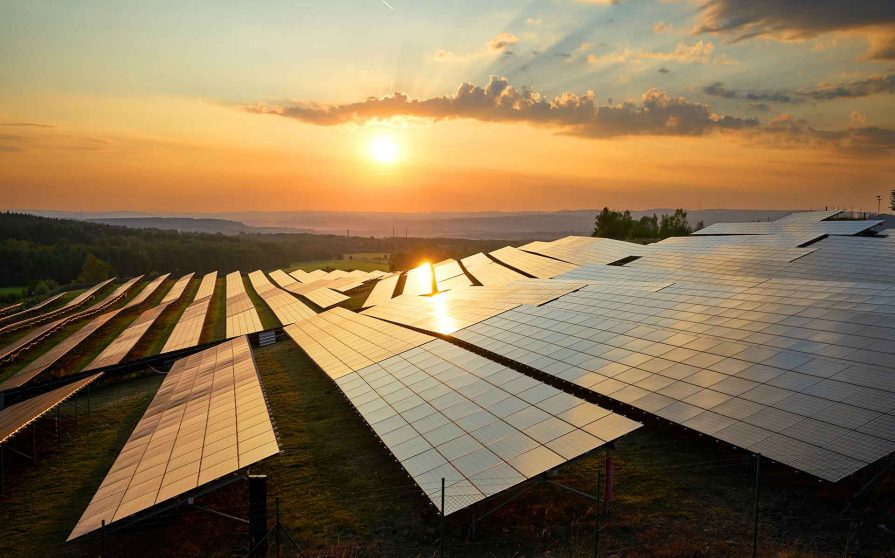Australian Prime Minister Anthony Albanese has announced a $2 billion (USD 1.3 billion) financing facility to help support the clean energy transition in Southeast Asia and boost economic relations with neighbouring nations.
The Southeast Asia Investment Financing Facility, announced by Albanese on Tuesday during the ASEAN-Australia Special Summit’s CEO forum in Melbourne, is to deliver loans, guarantees, equity and insurance for projects that would boost Australian trade and investment in Southeast Asia, particularly in support of the region’s clean energy transition and infrastructure development.
“Australia’s economic future lies in our region,” Albanese said. “These initiatives represent further investments in our future and ensure we are working with Southeast Asia as it continues to grow in economic size and reach.”
The facility, to be managed by federal government-backed agency Export Finance Australia, takes its lead from the Invested: Australia’s South-East Asia Economic Strategy to 2040 paper published in 2023.
Prepared for the Australian government by Special Envoy for Southeast Asia, Nicholas Moore, said paper highlights the massive challenge the clean energy transition represents for Australia and the wider region, indicating it requires trillions of dollars in investment to achieve.

Image: Australian government
The strategy calls for an estimated $3 trillion in infrastructure investment by 2040, and similar investment for green investment to ensure diverse and resilient energy supply chains and potential to collaborate regionally on solar, electric vehicles and battery storage supply chains.
The authors estimate 60% of South-East Asia’s electricity generation capacity to 2050 will be renewables, with an estimated investment of $640 billion in hydropower, solar and wind projects by 2030 to power cross-border interconnections and electricity trading and export-oriented investment in renewables generation and grid infrastructure.
The announcement of the financing facility drew a cautious welcome from Australian Council for International Development (ACFID) Chief Executive Officer Marc Purcell who said the finer details of the new initiative will be crucial.
“In particular, we will need to see what proportion of finance is delivered as loans to governments of developing countries, and how much is private sector funds mobilised to address climate change,” he said.
“The problem is that government loans require repayments from budgets, often at the expense of development fundamentals like health and education.”
ACFID Chief of Policy and Advocacy Jessica Mackenzie was also cautious about the program, pointing to hesitancy within the sector about EFA’s Australia’s management of clean energy funding.
“Export Finance Australia is not known for its climate expertise and some voices have pointed to EFA traditionally being part of the problem, not the solution, when it comes to the region’s clean energy transition,” she said.
Until Australia last year agreed to end the financing of fossil fuel projects overseas, EFA contributed $4.4 billion to coal, oil and gas developments between 2009 and 2021.
“By contrast, NGOs in our membership have a wealth of climate expertise and experience, as do existing regional and bilateral climate bodies,” Mackenzie said.
In addition to the new $2 billion Investment Financing Facility, the federal government announced a $10 million commitment to fund clean energy programs in the region to build technical capacity and expertise.
Australian Energy Minister Chris Bowen said the Climate and Clean Energy Window will enable the Commonwealth and state and territory government agencies to build new clean energy manufacturing and trade opportunities with Southeast Asia counterparts.
“The $10 million Climate and Clean Energy Window will assist to build capability across the region to respond to climate change and accelerate the clean energy transformation,” he said.
This content is protected by copyright and may not be reused. If you want to cooperate with us and would like to reuse some of our content, please contact: editors@pv-magazine.com.








By submitting this form you agree to pv magazine using your data for the purposes of publishing your comment.
Your personal data will only be disclosed or otherwise transmitted to third parties for the purposes of spam filtering or if this is necessary for technical maintenance of the website. Any other transfer to third parties will not take place unless this is justified on the basis of applicable data protection regulations or if pv magazine is legally obliged to do so.
You may revoke this consent at any time with effect for the future, in which case your personal data will be deleted immediately. Otherwise, your data will be deleted if pv magazine has processed your request or the purpose of data storage is fulfilled.
Further information on data privacy can be found in our Data Protection Policy.